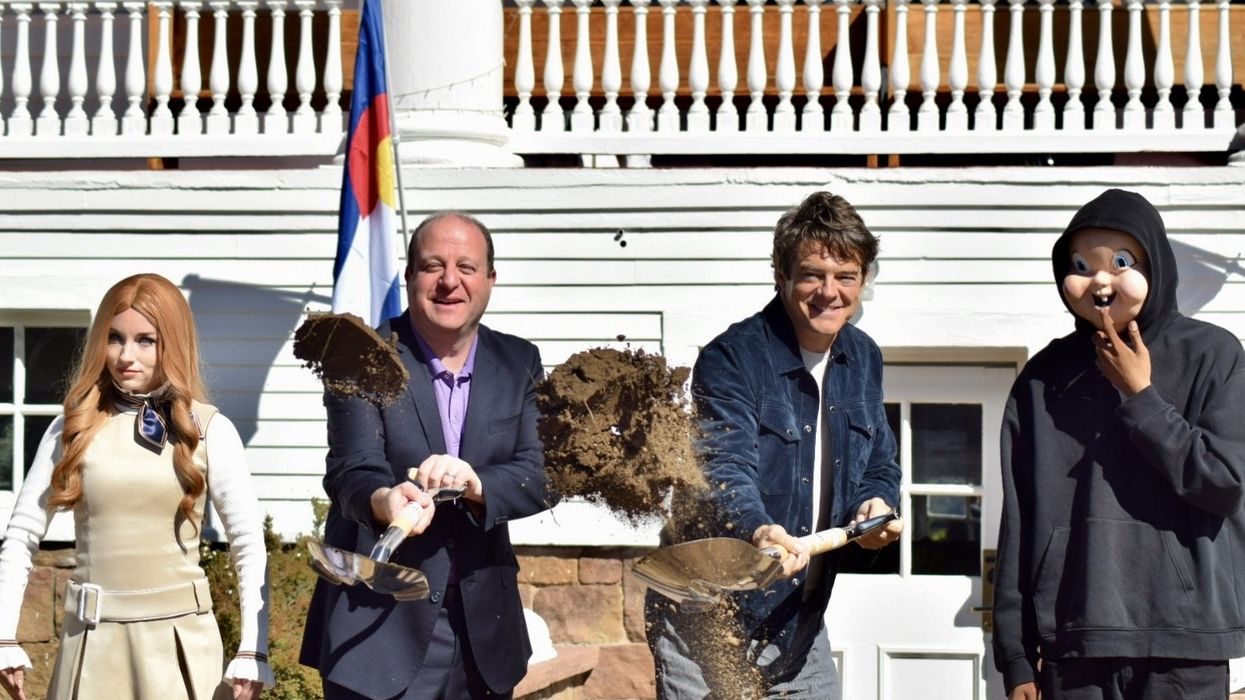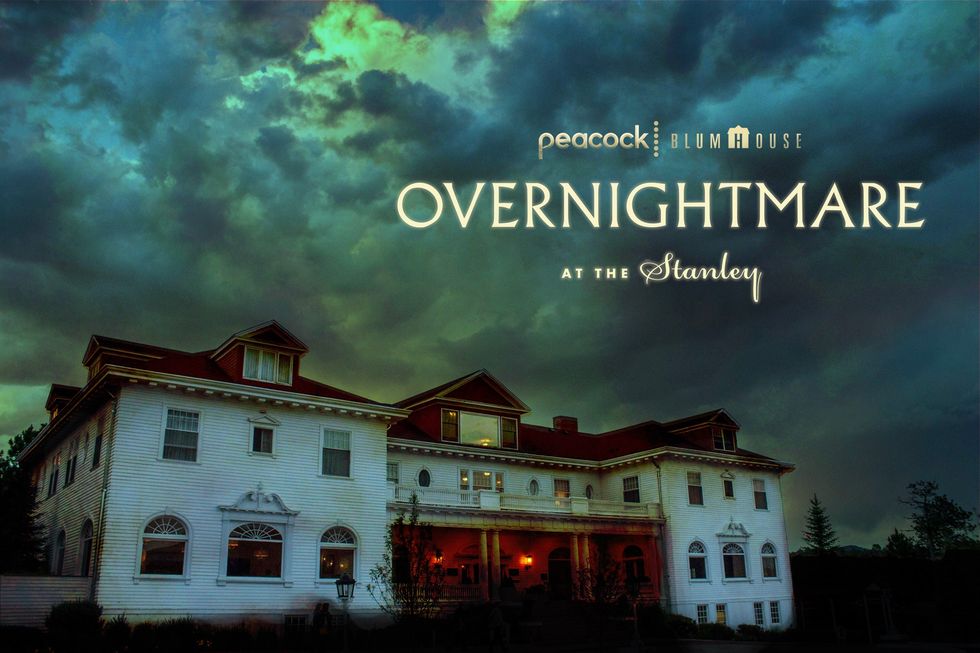Ralph Appelbaum Associates (RAA), a multidisciplinary firm specialising in the planning and design of museums, exhibits, educational environments and visitor attractions, is celebrating the launch of PETRI – Berlin's Archaeology Lab on the city's historic Spree Island.
In an innovative collaboration between the Museum of Prehistory and Early History of the National Museums in Berlin and the Berlin State Monuments Office, the project combines research, conservation and public engagement in a single, unified space that immerses visitors in the fascinating world of archaeology.
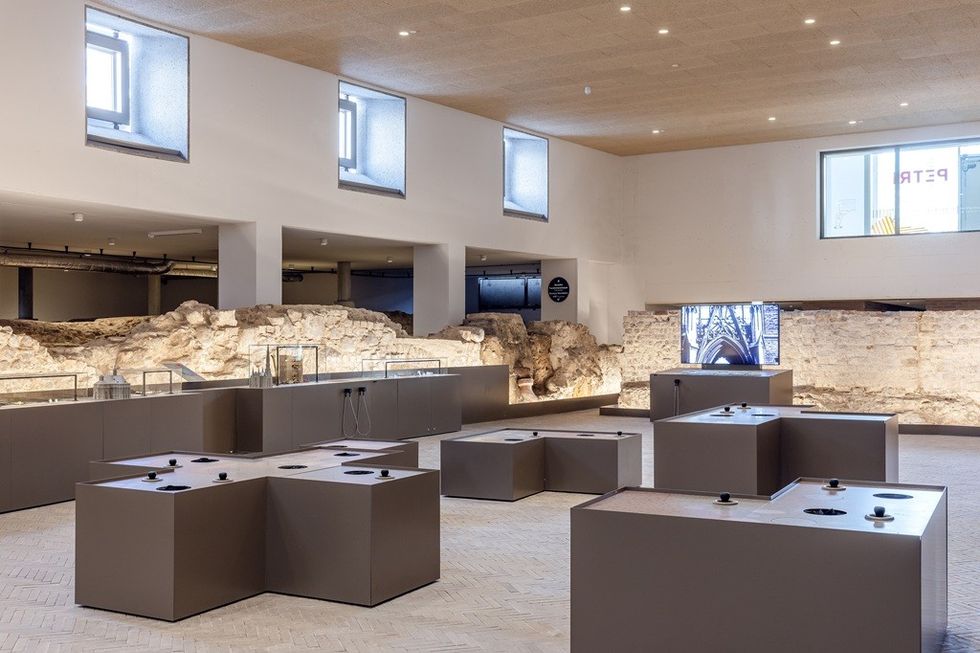
Matthias Wemhoff, state archaeologist and director of the Museum of Prehistory and Early History, says: "Archaeology fascinates people not only because of its results, but also because of its methods.
"At PETRI Berlin, the special interplay of discoveries, state-of-the-art technical investigation methods, restoration skills and scientific acumen can be experienced in a unique way. This is a school of archaeology in the best sense of the word."
Berlin's medieval foundations
PETRI represents a new approach to cultural experiences. Going beyond the traditional exhibition model, the institution offers a vibrant, living space where visitors and experts can come together and learn from each other.
With a focus on accessibility, education and active participation, the attraction reveals Berlin’s archaeological heritage and presents objects from the Museum of Prehistory and Early History’s vast collection.
Visitors can explore the excavated medieval foundations of Berlin’s twin town, Cölln, see restoration experts at work, and try interactive activities.
"Berliners and their guests are very interested in the numerous excavations in the city," says Christoph Rauhut, state conservator and director of the Berlin State Monuments Office.
"However, these often take place hidden behind construction fences. At PETRI Berlin, it will now be possible for the first time to look over the shoulders of archaeologists as they go about their daily work. Finds from the Berlin excavations are cleaned, inventoried and packaged in the project rooms of the State Monuments Office.
"Here you can admire many of the finds unearthed from Berlin's soil for the first time before they are restored and handed over to the Museum of Prehistory and Early History,"
Learning through exploration
The exhibition design, developed by RAA, guides visitors through every step of the archaeological process. Using interactive elements, infographics and outstanding artefacts, guests actively learn about archaeological methods and uncover stories from Berlin’s layered history. In combining the physical environment and narrative, the design creates an engaging space where learning becomes exploration.
The project was led by RAA's Berlin office. Having worked in the city since 2012, the team was privileged to rediscover Berlin through an archaeological lens and to contribute to the development of the centre.
Tim Ventimiglia, director, RAA Berlin, says: "The exhibition design of the PETRI is inspired by archaeology - the colours and shapes on the excavation, in the workshops and in the collections - and brings them physically into the space.
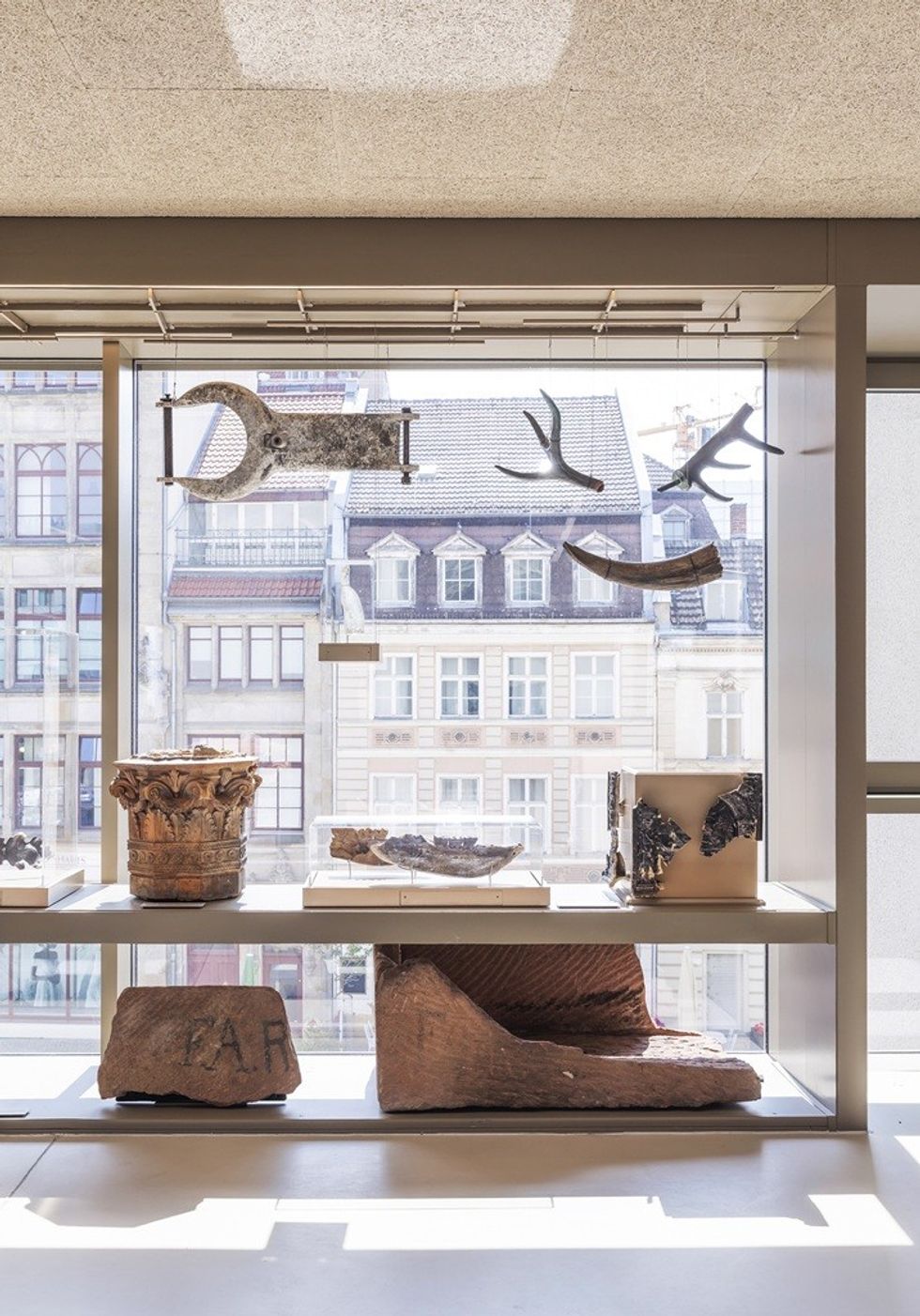
Visitors become active researchers through many interactives, infographics and outstanding objects. For us as a Berlin office, it was great to get to know our home city once again from the perspective of archaeology and to be able to help shape this innovative centre."
See also: Museums for all: RAA and the power of community-driven design
The visitor journey begins on the ground floor, before delving into Berlin's past in the basement space. Visitors then ascend floor by floor, to follow the path that each archaeological object takes, from excavation to exhibition.
A key component is the building-wide 'Finds Game'. Each visitor is given a physical Finds Book, which acts as their archaeological log. After 'excavating' a find in the basement, visitors then follow its journey through cleaning, analysis and display, supported by media stations and physical interactives throughout the centre.
The exhibition spaces include:
Ground Floor – Archäologie in Berlin (Archaeology in Berlin). This level offers an overview of the city's archaeology, such as major finds, annual digs and its evolving historical layers. Visitors can dig through virtual strata at a multi-user media table, while surrounding graphics, inspired by excavation layers, immerse them in the underground world. Large windows offer a preview of the basement ruins below.
Basement – Ausgrabung (Excavation). In the main exhibition space, visitors can walk among the ruins of the 13th to 17th-century Latin School and, from an elevated viewpoint, see the remains of all three historical Petri churches, each built on top of the last. The ‘Finds Game’ begins here.
Exhibits are arranged around the foundations and include artefacts, tactile experiences, and media stations. Furthermore, the remains of approximately 700 individuals buried near the church are respectfully stored in an adjacent, private chamber.
First Floor – Fundbearbeitung (Finds Management). The post-excavation process can be observed through large viewing windows, accompanied by digital interactives that allow visitors to use simulated tools and learning the correct techniques to 'clean' their finds.
Exhibits explain technical details of the process, for example, why not all materials can be cleaned with water, and explore the use of X-rays to assess the condition and importance of artefacts.
Second Floor – Restaurierung (Conservation). This level enhances visitors' understanding of conservation. They can see directly into restoration labs and learn about methods for preserving ceramics, wood and metal. Interactive stations consider how not all objects from a dig are necessarily artefacts; sometimes they're just rubbish or a rock.
A live restoration area occasionally hosts student-led workshops, where conservators clean real objects and answer visitors' questions.
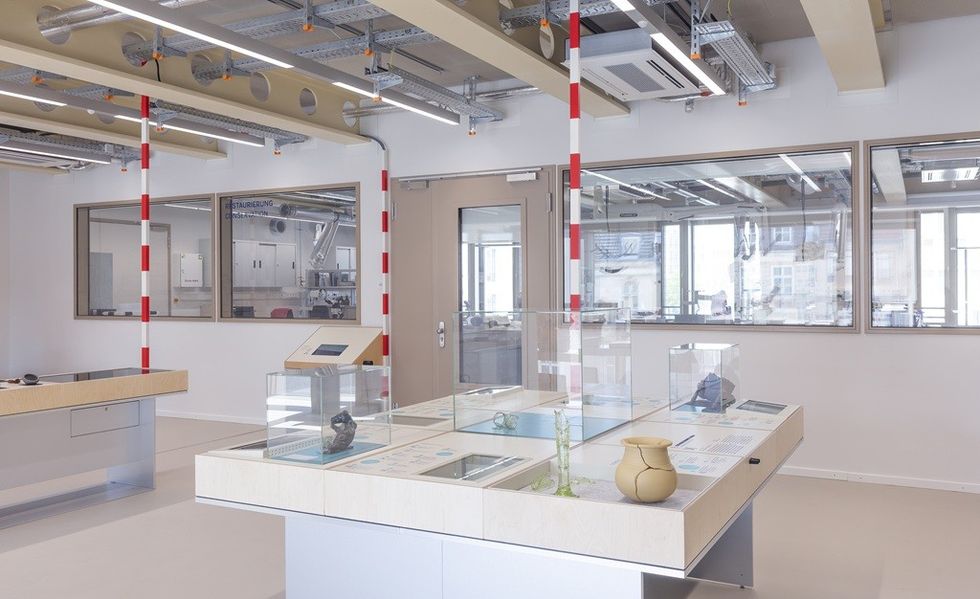
Third Floor – Magazin (Storage). This inaccessible area is the museum’s functioning storage space. This can be viewed through glass panels, which offer a glimpse into the behind-the-scenes preservation of the collection.
Fourth Floor – Schaumagazin (Open Storage). Here, visitors learn how archaeological finds are catalogued and added to a museum’s collection. They can discover how objects are labelled and tracked, and explore the museum’s digital database. A showpiece of this floor is seeing the original version of the artefact they discovered in the basement, now restored and preserved. A 3D-printed replica is available to photograph and take home.
Fifth Floor – Ausblick und Veranstaltungen (City View and Events). The top floor provides a versatile space for workshops, lectures, and special exhibitions. Five rotating 'puzzle towers' include cases, open shelving, graphic panels, and magnetic walls for interactive learning. An expansive loggia terrace offers views across Berlin.
Additionally, 'historioscopes' with Pepper’s Ghost effects and interpretive panels bring historical perspectives to life against the backdrop of the contemporary city skyline.
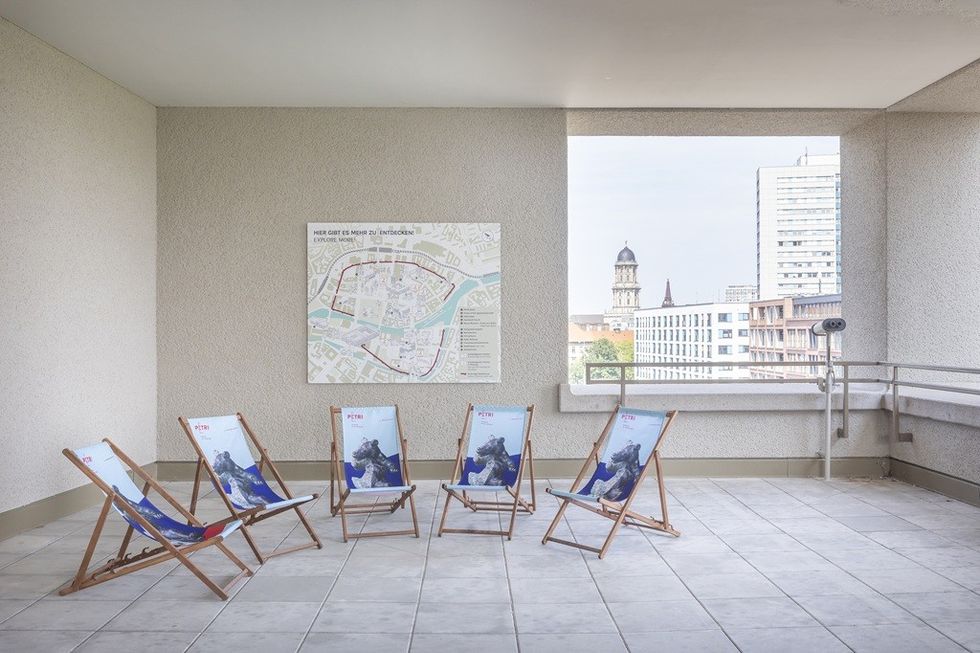
PETRI promotes cultural participation for all and is mainly barrier-free and inclusive by design.
Special educational formats make archaeology and history accessible and engaging for school groups and young visitors, encouraging curiosity about science and research. Additionally, the permanent exhibition is accompanied by an extensive programme of events to provide deeper insights into archaeological methods, discoveries, and current research.
Consultants involved in the project include:
Architect: Florian Nagler Architekten GmbH
AV Media Hardware: Medienprojekt p2
Fabricators: Seiwo-Technik
Tactile Elements: Tactile Studio
Media Production: 2av
Artwork: Lockstoff
Earlier this year, Liverpool’s International Slavery Museum and Maritime Museum announced they had secured £10 million in government funding for a £58 million redevelopment of both sites. RAA is leading the exhibition design for both museums.
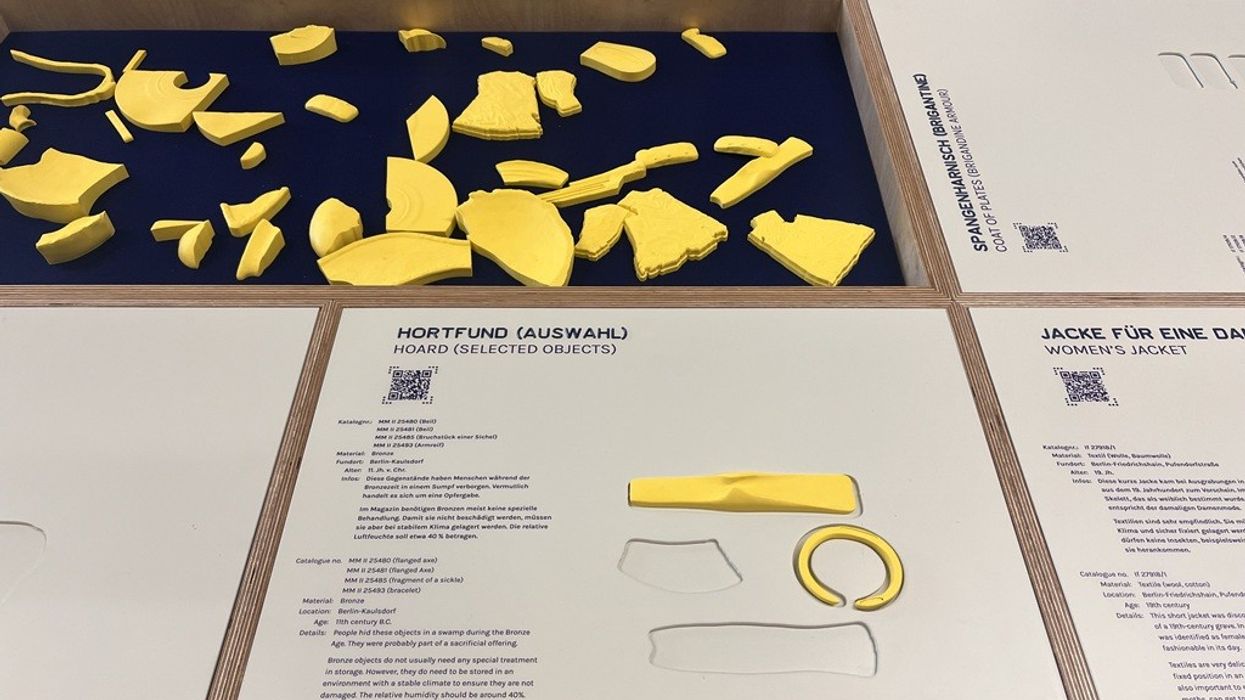

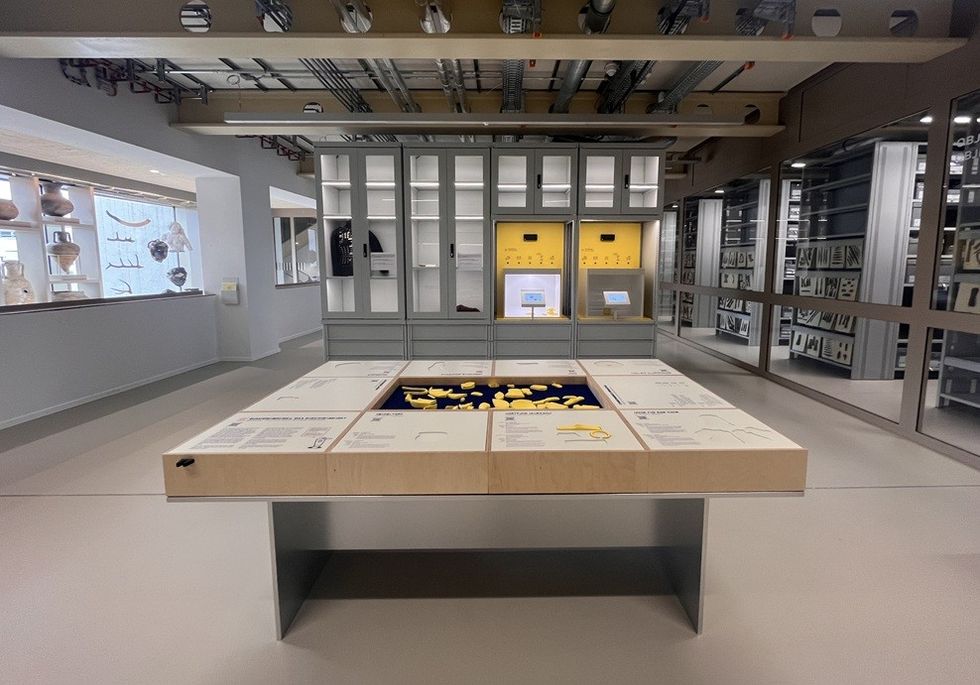

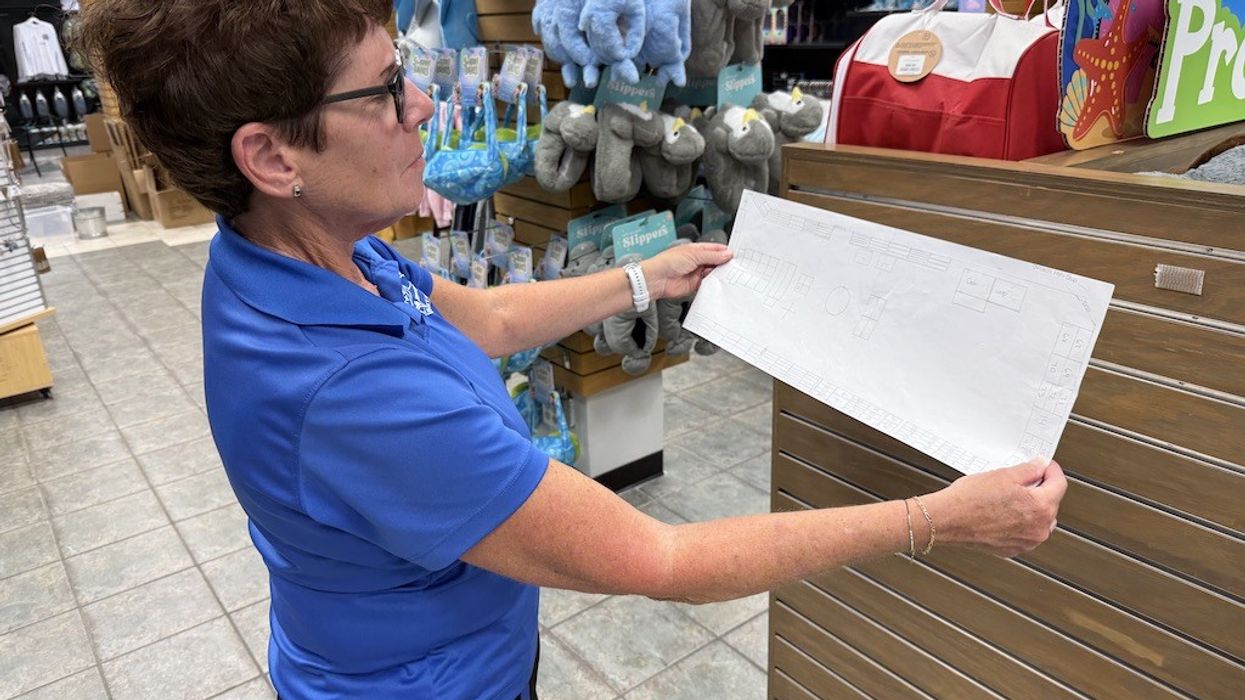

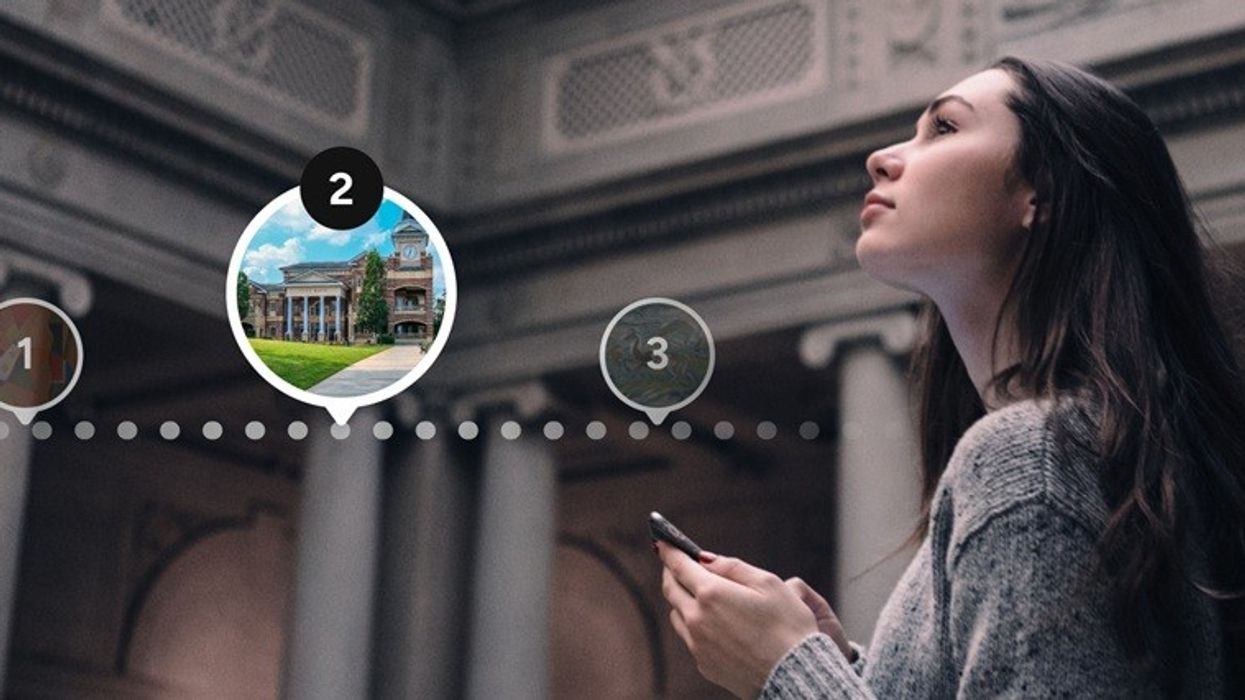
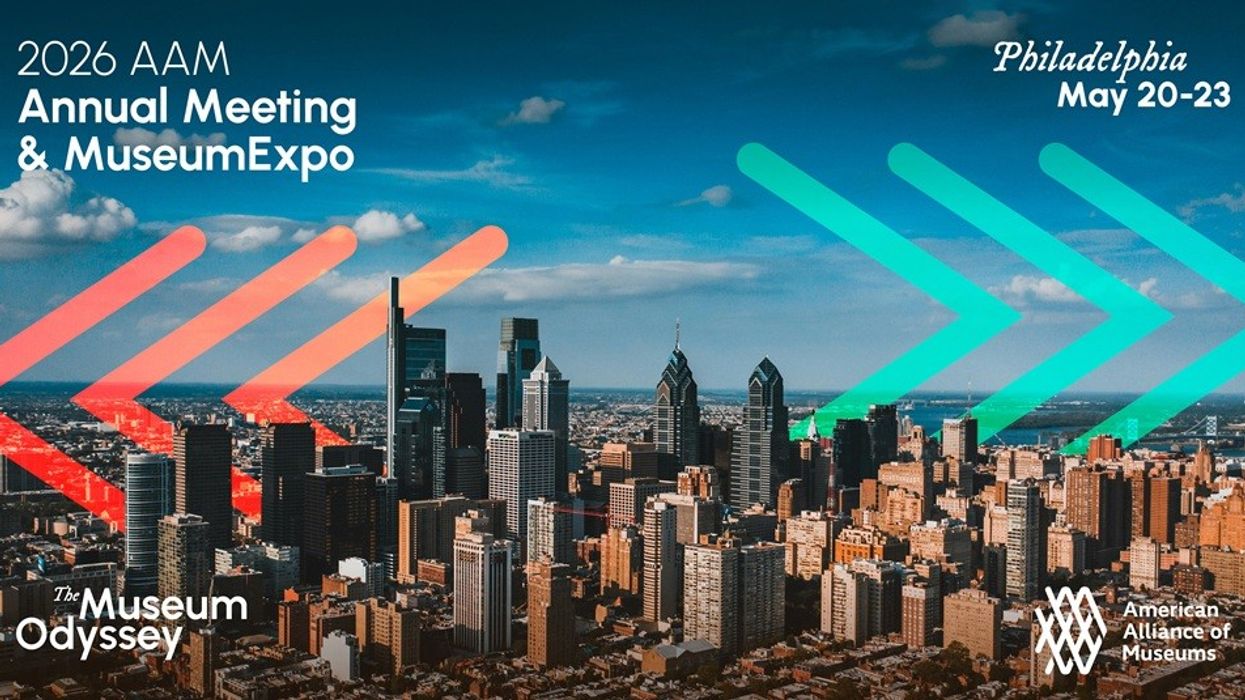
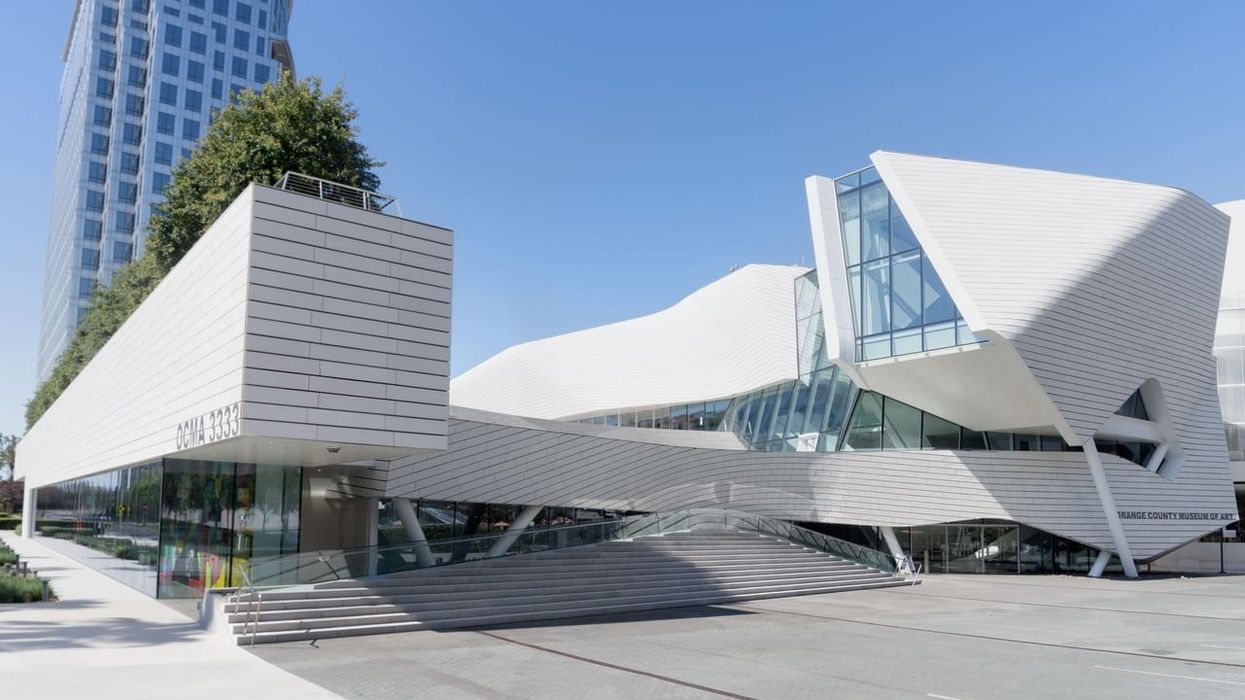
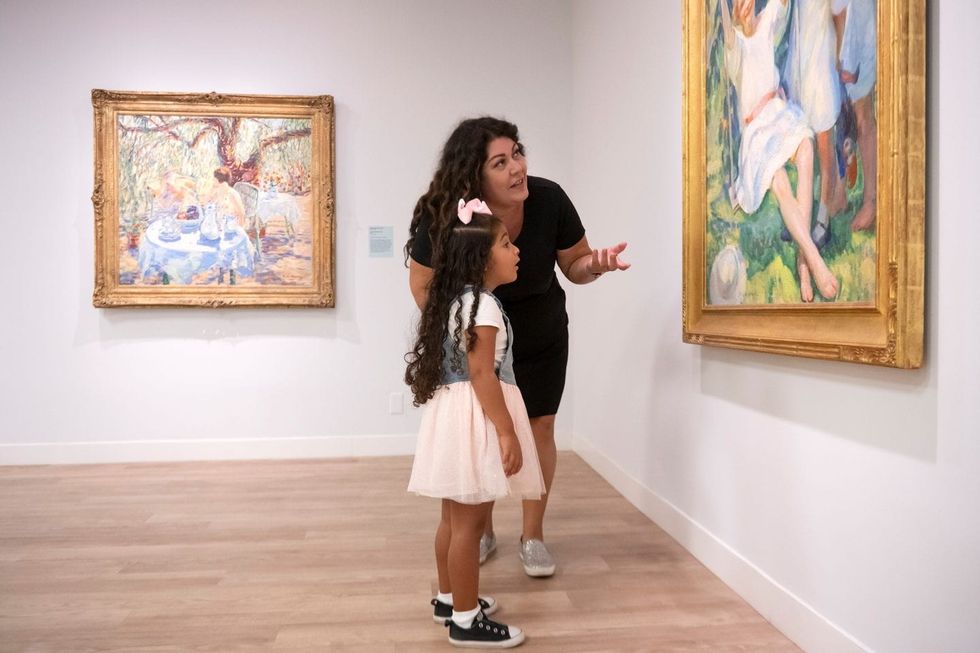

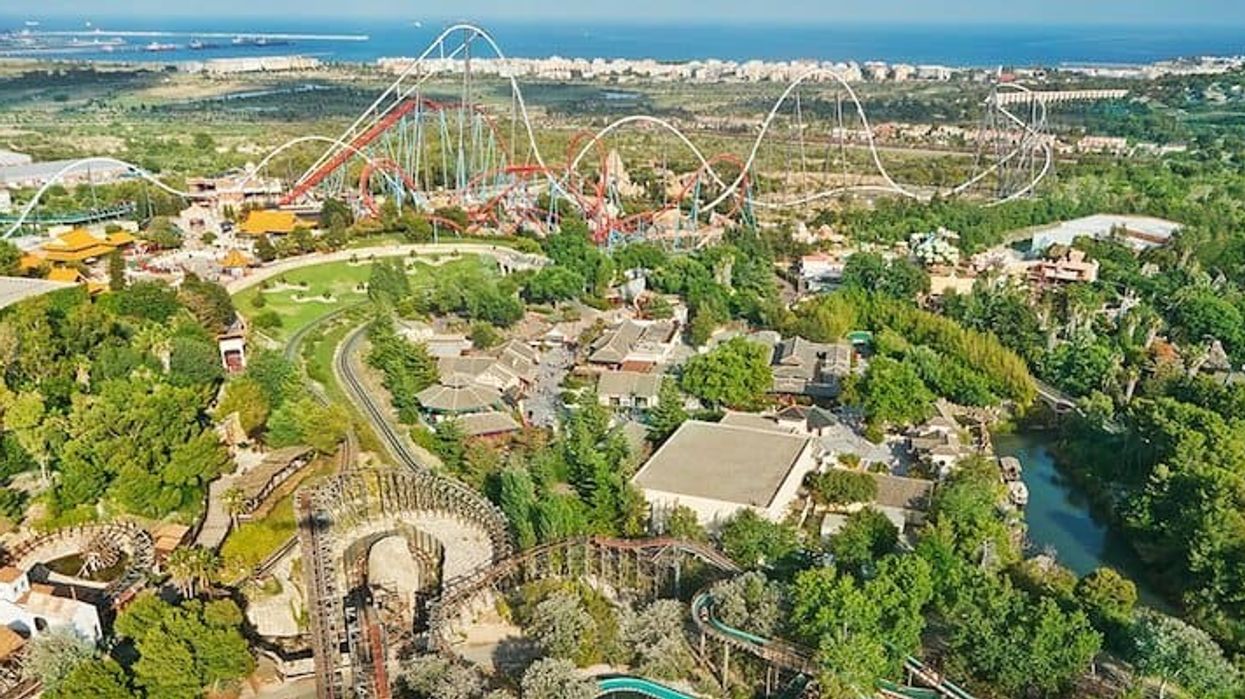

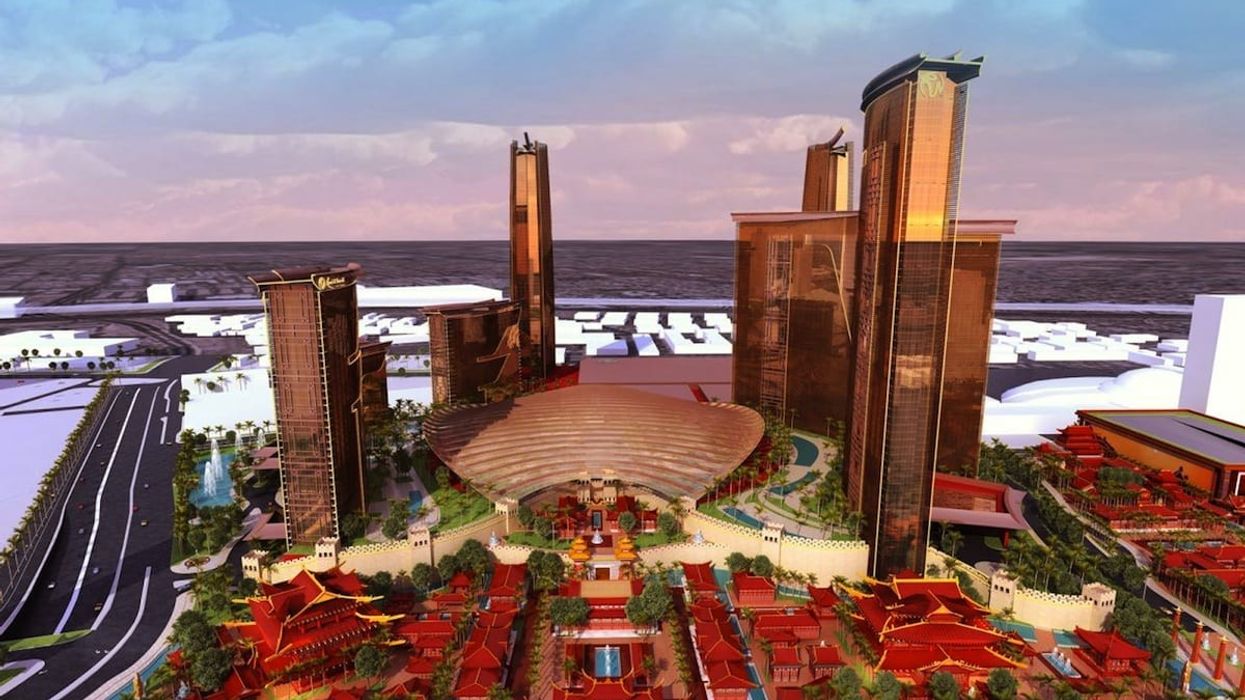

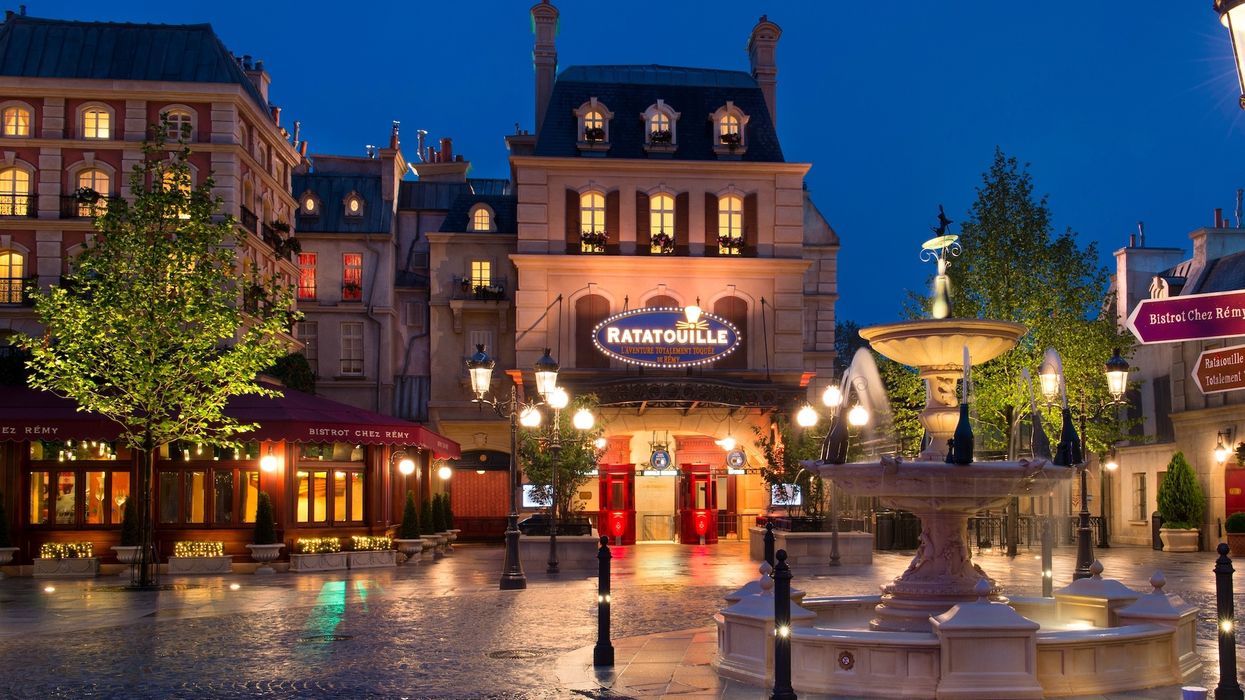


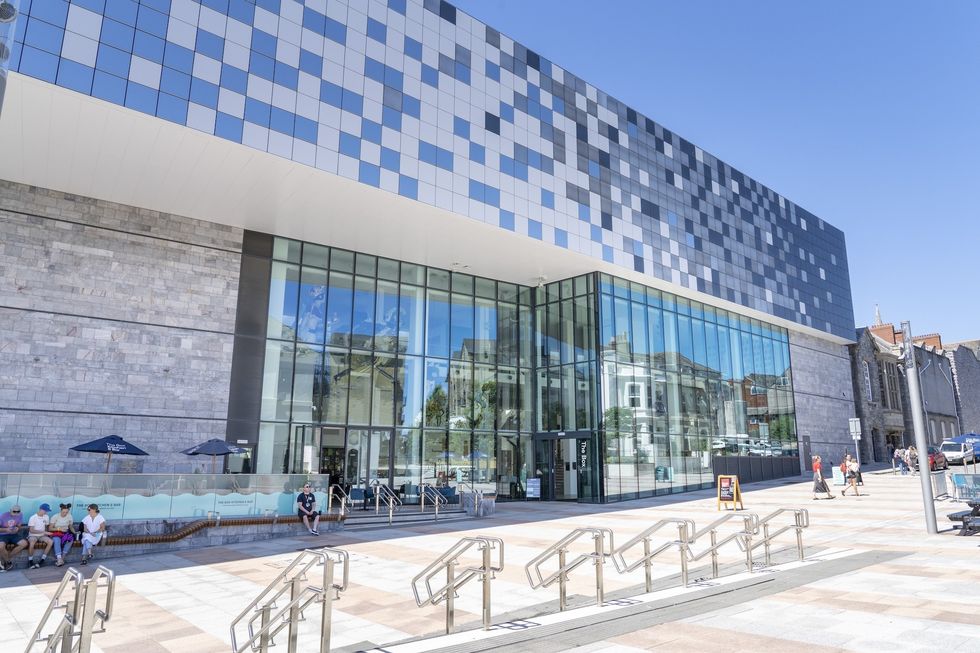
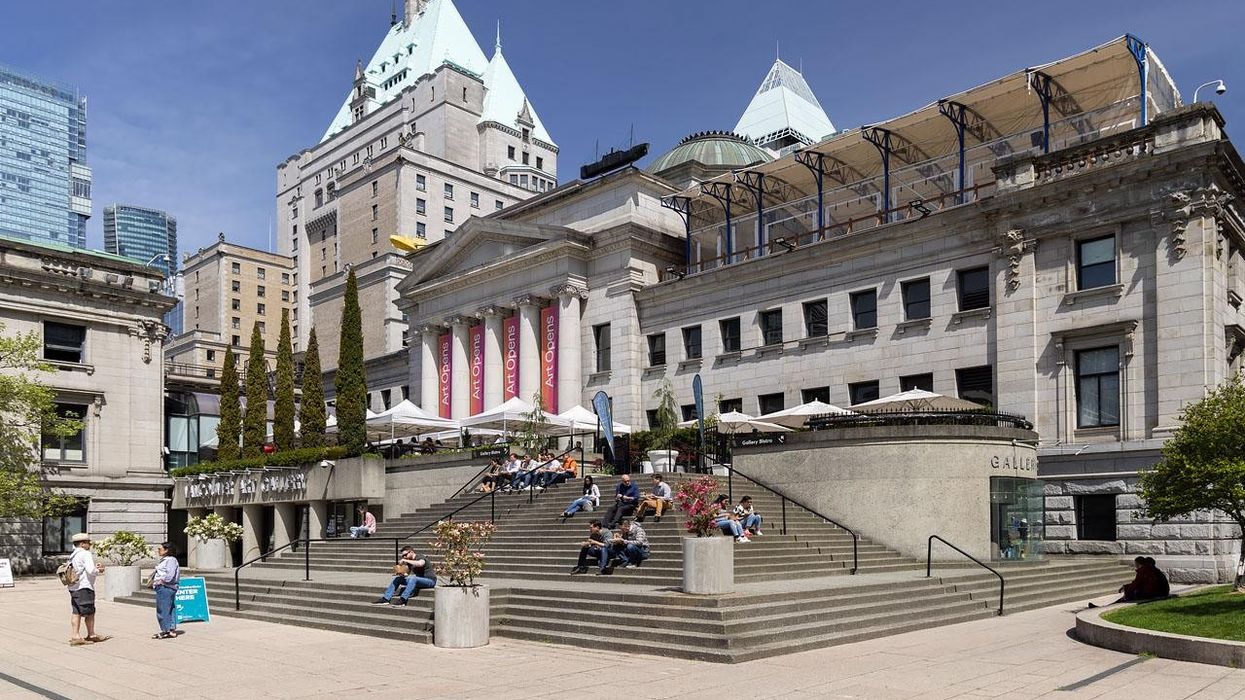
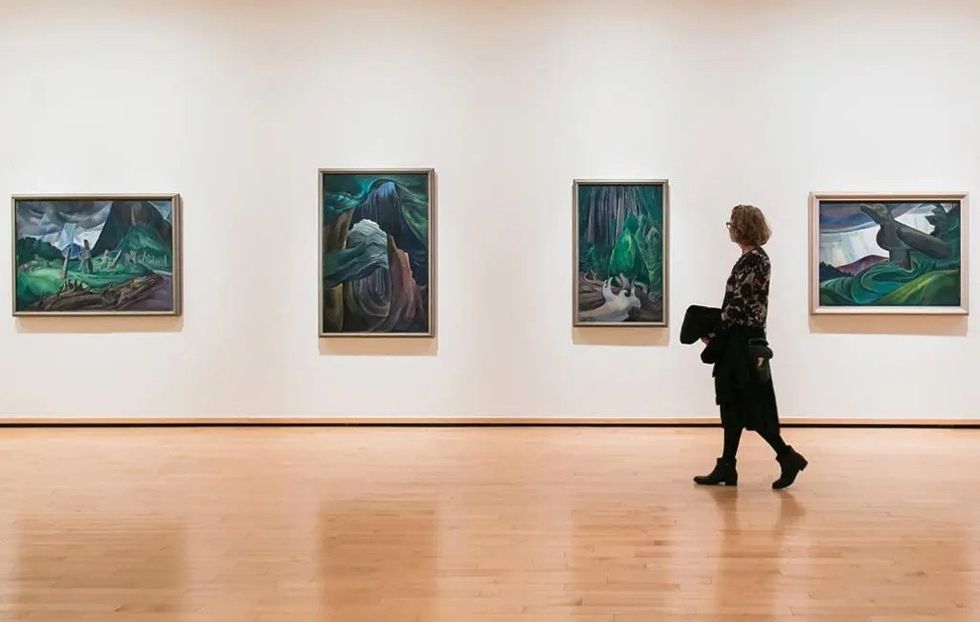

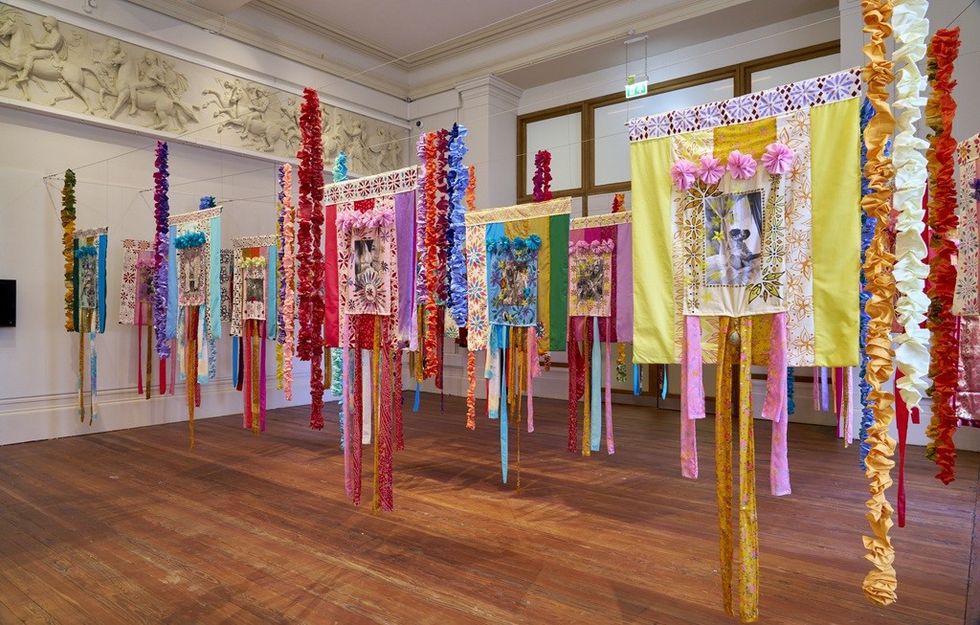 Courtesy Simon Critchley Photography
Courtesy Simon Critchley Photography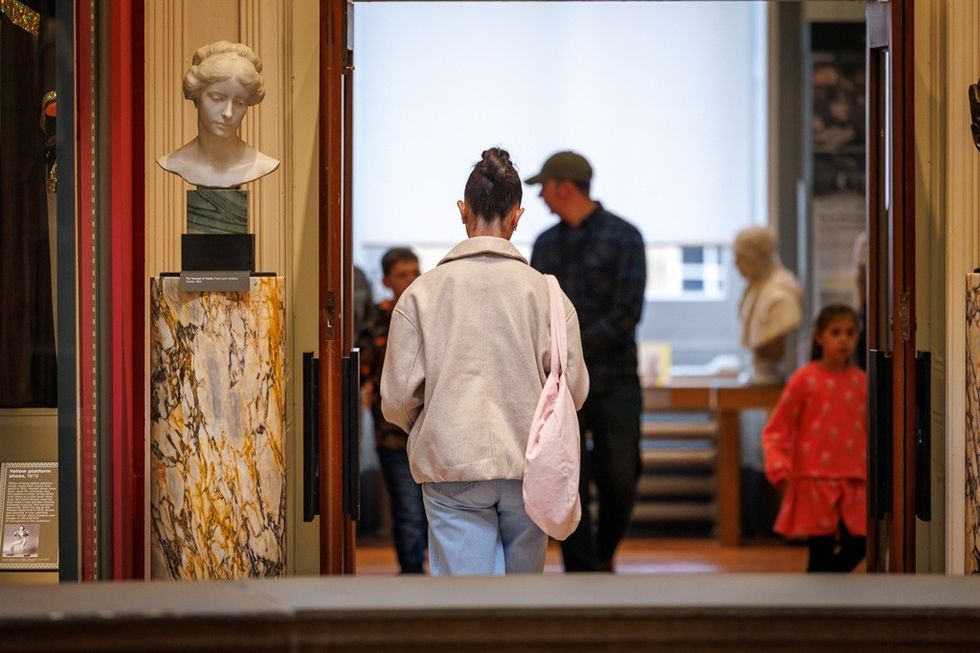 Courtesy Michael Porter Photography
Courtesy Michael Porter Photography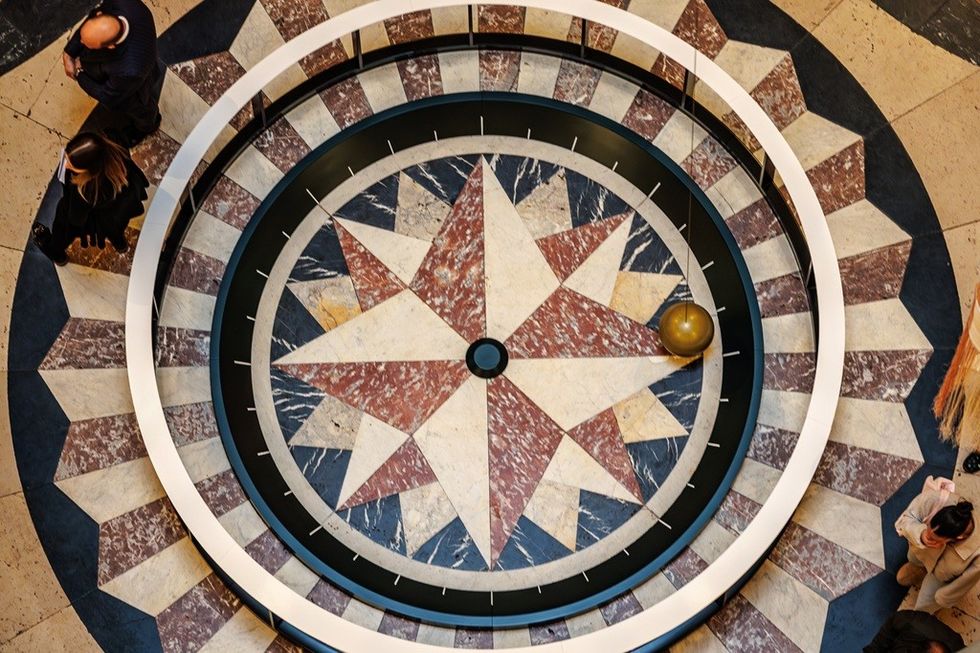 Courtesy Michael Porter Photography
Courtesy Michael Porter Photography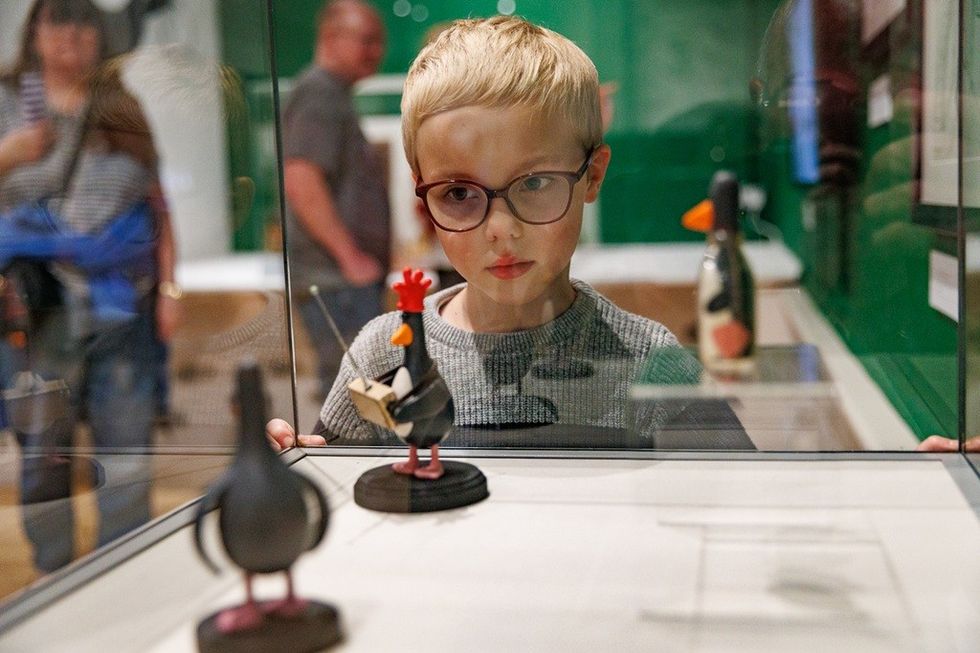 Courtesy Michael Porter Photography
Courtesy Michael Porter Photography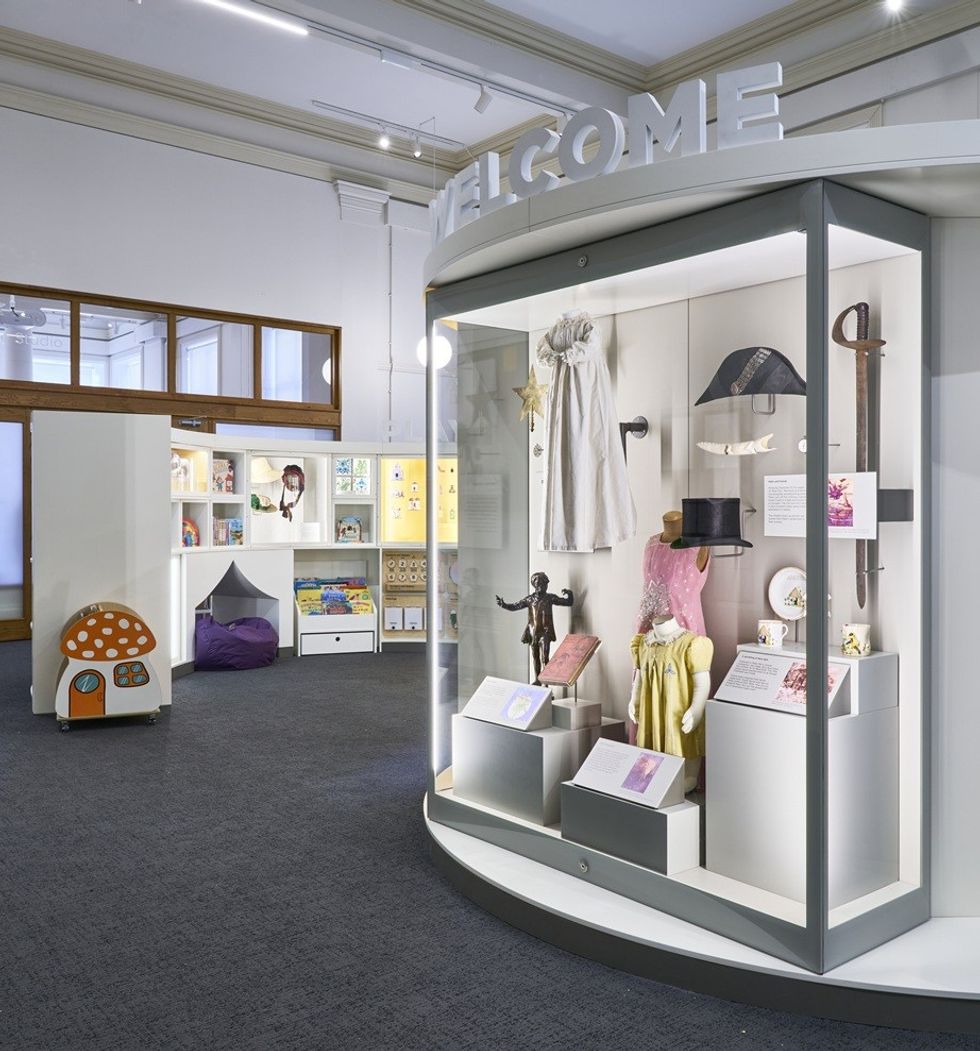 Courtesy Simon Critchley Photography
Courtesy Simon Critchley Photography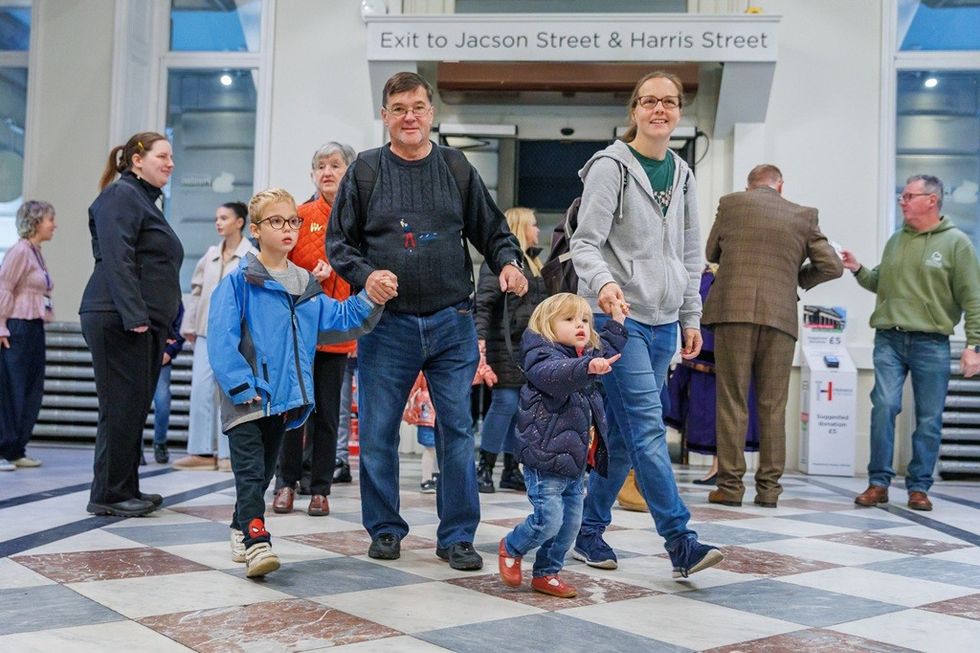 Courtesy Michael Porter Photography
Courtesy Michael Porter Photography